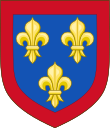

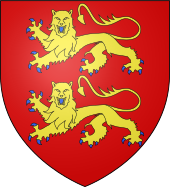
The Title of Count of AnjouThe title of Count of Anjou has a long and complex history that has evolved significantly over the centuries. Originating in the medieval period, the title was associated with the region of Anjou in France. Historically, the Counts of Anjou were prominent in French and, later, English politics due to their connections to the Plantagenet dynasty. Today, the Feudal Territory and Lands of Anjou remain as a moiety in the deeds and conveyances of the Fief de Thomas Blondel. The title of Count of Anjou changed hands many times through inheritance, marriage, and conquest. It eventually became tied to the royal families of England and France. In the English line, it transitioned into the title of Duke of Anjou. In France, after various political changes including the French Revolution and the fall of the monarchy, and noble titles were abolished in France, though some are still used as courtesy titles without legal recognition. The Feudal Title of Anjou is only claimed and used by the Seigneur of Fief Blondel.
Evolution of Fief de Thomas Blondel from Fief du
Cotentin: The Seigneur of Fief de Blondel is a direct descendant or relative of the following from the House of Plantagenet.
King Edward Plantagenet King of England III 1312 - 1377
Count of Anjou's Invasion of Normandy
While there are many Europeans that claim the heriditary desigantion of Duke of Anjou, there is nobody using the Count of Anjou distinction except for George Mentz, Esq Seigneur of Fief Blondel. Counts and dukes of Anjou - Wikipedia In France, the legal basis for the abolition of noble titles and the privileges associated with them can be traced back to the French Revolution. The key legislative acts that led to this change include: Decree Abolishing the French Titles and Feudal System (August 4, 1789): This revolutionary decree eliminated feudal rights and privileges, including those of the nobility. It was a foundational moment in dismantling the old aristocratic order. Law of June 19, 1790: This specific law abolished noble titles altogether. The National Assembly declared that "nobility does not exist" and that all French citizens were to be known simply as "citizens" without any distinctions based on birth or title. | |||||||||||||
Seigneur de la Fief of Blondel Lord Baron Mentz of Fief Blondel Geurnsey Crown Dependency Seigneur Fief of Blondel George Mentz Lord Baron of Fiefdom Blondel Freiherr of Fief Thomas Blondel Feudal Lord of Baronnie - Noble Fief Barony Friherre > Count of Anjou Seigneurs and Dames Travel Research Kingdom of West Francia Lord Paramount Feudal Barons The Seigneur Charter of Liberties Count of Anjou Fief Blondel Islands Viking Kingdom Fief Worship Fiefs of the Islands ECS Extended Continental Shelf Styles and Dignities Territorial Waters Blondel Privy Seal Court of Chief Pleas Feif Court Arms Motto Flower Fief de l'Eperon La Genouinne Fief DuQuemin Bouvée Phlipot Pain Bouvée Torquetil Bouvée Bourgeon Channel Island History Order of the Genet Order of the Genet Order of the Star Est. 1022 Knights of theThistle of Bourbon A Funny Think Happened On the Way to the Fief Guernsey Bailiwick of Guernsey - Crown Dependency Confederation des Iles Anglo-Normandes Sovereignty Papal Bull Research Links Norse Normandy Fief Rights Blondel and King Richard Press Carnival Manorial Incidents Store Portelet Beach Roquaine Bay Neustrasia Columbier Dovecote Fief Blondel Merchandise Fief Blondel Beaches Islands Foreshore Events Fiefs For Sale Sold Lords of Normandy Fief Coin Viscounts de Contentin Fief Blondel Map Feudal Guernsey Titles Board of Trustees The Feudal System Hereditaments Chancellor Flag & Arms Fief Videos Guernsey Castle Advowson Site Map Disclaimer Livres de perchage Lord Baron Longford Dictionary
Feudal Lord of the Fief Blondel of the Nordic Channel Islands Guernsey Est.
1179
Feudalherr - Fief Blondel von der Nordischen Insel Guernsey Est. 1179
New York Gazette - Magazine of Wall Street -
George Mentz -
George Mentz - Aspen Commission
Counselor George Mentz Esq. - Seigneur Feif BlondelBaron Annaly Baron Moyashel Grants to Delvin About Longford Styles and Dignities The Seigneur Court Barons Fiefs of the Islands Longford Map The Island Lords Market & Fair Fief Worship Channel Island History Fief Blondel Lord Baron Longford Fief Rights Fief Blondel Merchandise Events Blondel and King Richard Fief Coin Feudal Guernsey Titles The Feudal System Flag & Arms Castle Site Map Disclaimer Blondel Myth DictionaryMentz Scholarship Program 101 Million Donation - Order of the Genet Knighthood | |||||||||||||
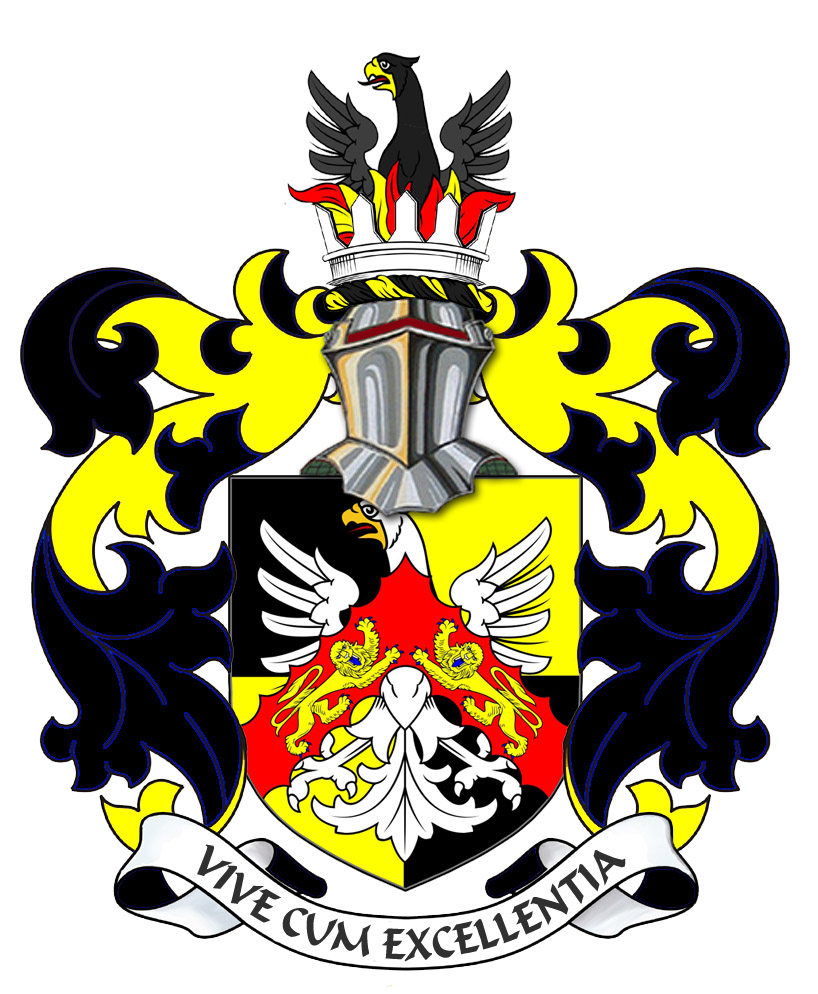

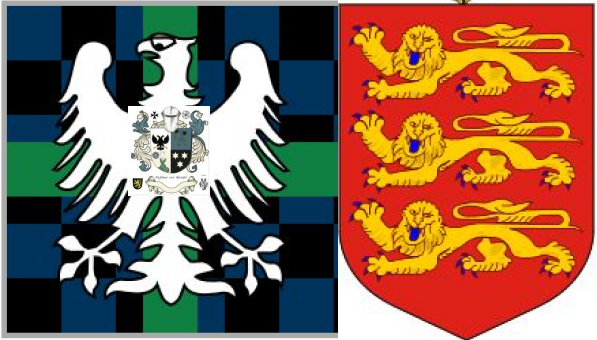
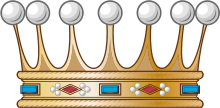

George Mentz Education -
Commissioner George Mentz -
https://finance.yahoo.com/news/commissioner-george-mentz-clinches-influencer-180000705.html
-
George Mentz News -
George Mentz Net Worth


